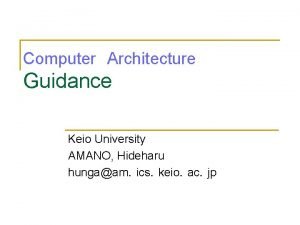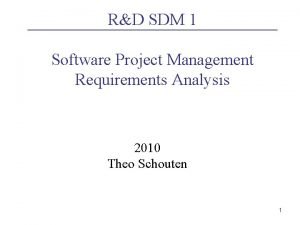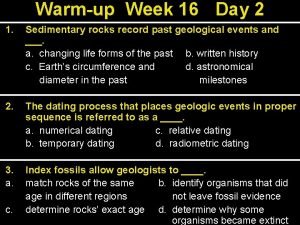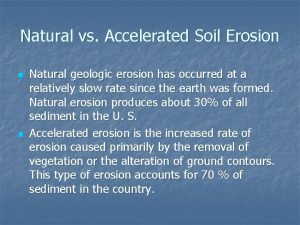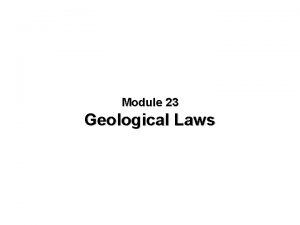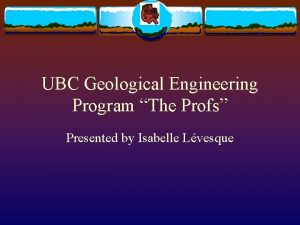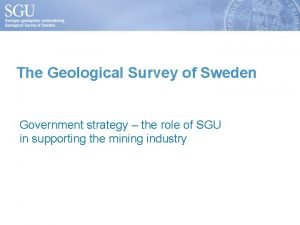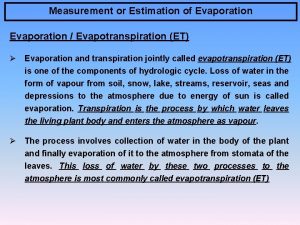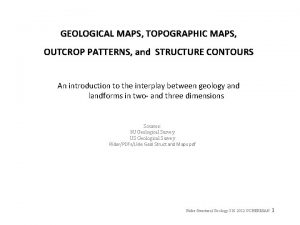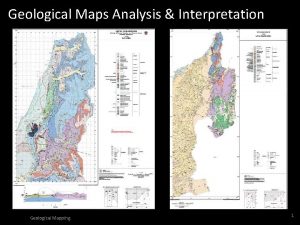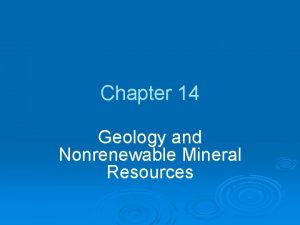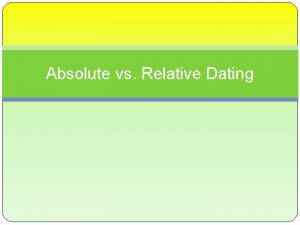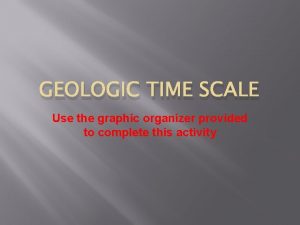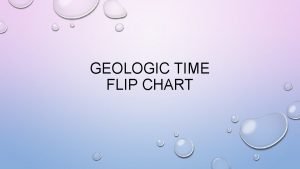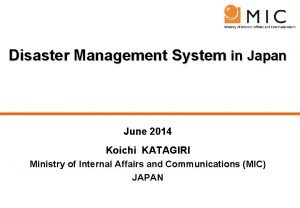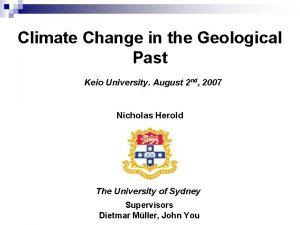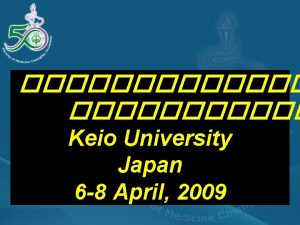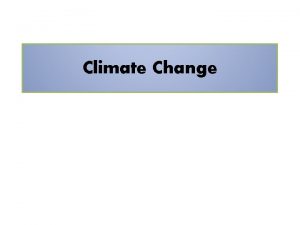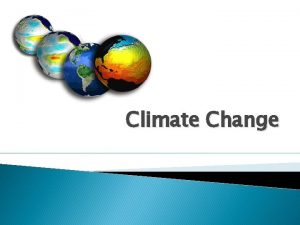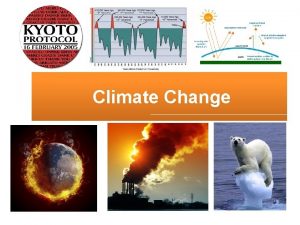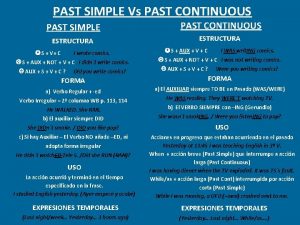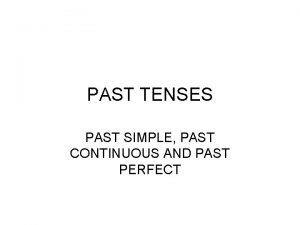Climate Change in the Geological Past Keio University



















- Slides: 19

Climate Change in the Geological Past Keio University. August 2 nd, 2007 Nicholas Herold The University of Sydney Supervisors Dietmar Müller, John You

Discussion Outline What, when and why: the Miocene Climatic Optimum (MCO). The climate model. Results: sensitivity to model boundary conditions Vegetation CO 2 Topography Conclusions

Centennial scale changes in temperature: the Hockey Stick Mann et al. (1998)

The Ice Core Record: Vostok Wuebbles and Hayhoe (2002)

The Geologic Record Zachos et al. (2001)

The NCAR Climate Models The Community Atmosphere Model (CAM 3) and Community Land Model (CLM 3). Coupled to a slab ocean model. ~3. 75° x 3. 75° (~416 x 416 km) resolution with 26 atmospheric layers.

Model Resolution George C. Marshall Institute

Model Boundary Conditions Vegetation: from Wolfe (1985) with amendments to Australia. Topography: adjustments to the Tibetan Plateau, Andes, Greenland Antarctica. 50 m sea-level rise. CO 2: low (180 ppmv), medium (355 ppmv) and high (700 ppmv).

Mean annual surface temperature

June-July -August December. January. February

June-July-August PRECIPITATION SURFACE WINDS CO 2_700 – CO 2_180 mm m/s

Topographic Sensitivity

JJA Wind Vector Anomalies

Conclusions Realistic vegetation, topography and increased CO 2 leads to a 2. 7°C warming. Vegetation and elevation did not affect global temperature significantly. Leads us to conclude that in addition to CO 2 warming was caused by deep ocean circulation, orbital parameters and/or other greenhouse gases (e. g. CH 4).

Future Work Currently attempting to couple a full ocean model to the land atmosphere models. Implement orbital values and increased methane concentrations.

Thanks to… Dietmar Müller and John You the Australian Research Council (ARC) the Australian Partnership for Advanced Computing (APAC) National Facility for computer time allocation.

References Mann, M. E. , Bradley, R. S. , Hughes, M. K. , 1998. Global-scale temperature patterns and climate forcing over the past six centuries. Wuebbles and Hayhoe, 2002. Atmospheric methane and global change. Zachos, J. , Pagani, M. , Sloan, L. , Thomas, E. , Billups, K. , 2001. Trends, Rhythms and Aberrations in Global Climate 65 Ma to Present. National Center for Atmospheric Research (NCAR). Community Climate System Model - http: //www. ccsm. ucar. edu/ Australian Partnership for Advanced Computing (APAC). http: //www. apac. edu. au/ Wolfe J. A. , 1985. Distribution of Major Vegetation Types During the Tertiary.

Miocene Vegetation Distributions

Modern Vegetation
 Climate change 2014 mitigation of climate change
Climate change 2014 mitigation of climate change Keio university architecture
Keio university architecture Keio sdm
Keio sdm Sdm project management
Sdm project management Keio sdm
Keio sdm Sedimentary rocks record past geological events and ____.
Sedimentary rocks record past geological events and ____. Convergent boundary divergent boundary transform boundary
Convergent boundary divergent boundary transform boundary Roman architecture geographical
Roman architecture geographical Differentiate between geological and accelerated erosion
Differentiate between geological and accelerated erosion Principle of faunal succession
Principle of faunal succession Dharma wijewickreme
Dharma wijewickreme Geological map sweden
Geological map sweden Us geological survey floating pan
Us geological survey floating pan Geological structures
Geological structures Geological map interpretation
Geological map interpretation Geological processes
Geological processes Relative dating
Relative dating My geologic time scale graphic organizer
My geologic time scale graphic organizer Rubric for designing geological time scale
Rubric for designing geological time scale Geological disaster example
Geological disaster example

